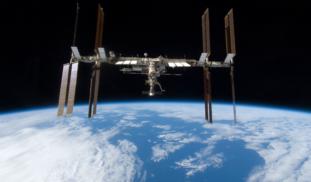Our Inspiration

When we traveled to the NASA Glenn Center in Ohio, we had the opportunity to test an experiment using their 2.2 second drop tower. We chose to analyze the function of siphons in microgravity. Based on what you can see in this video, they completely stop working. This experience inspired us to create the Garden of ETON, that uses centripetal force, instead of the force of gravity to circulate water.






1 comment